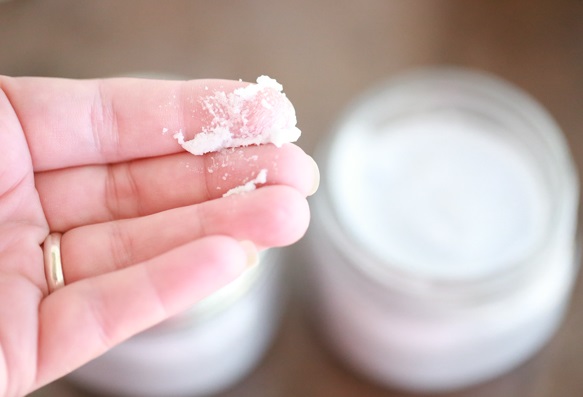The Hidden Link Between Hormones and Your Weight
When your hormones. These powerful chemical messengers silently influence whether your body stores fat, burns energy, or sends you to the fridge for a midnight snack. In this post, we’ll explore the powerful link between hormonal levels and weight gain/loss, uncovering how your internal chemistry can either work for you—or against you. 🔬 What Are … Read more










